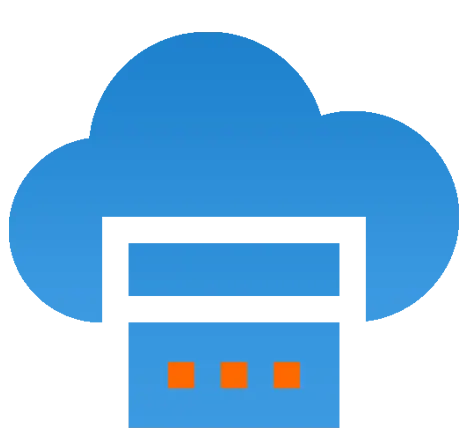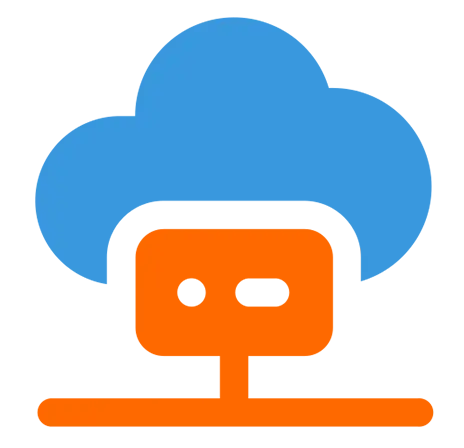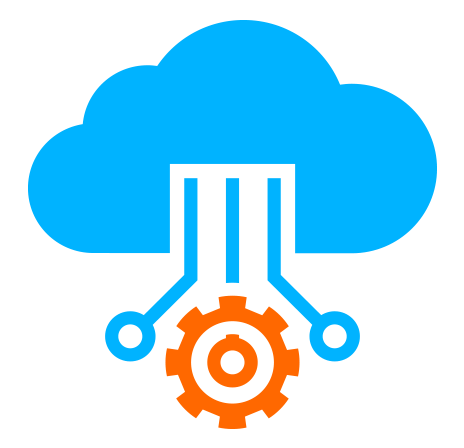 Server
Colocation
Server
Colocation
 CDN
Network
CDN
Network
 Linux Cloud
Hosting
Linux Cloud
Hosting
 VMware Public
Cloud
VMware Public
Cloud
 Multi-Cloud
Hosting
Multi-Cloud
Hosting
 Cloud
Server Hosting
Cloud
Server Hosting
 Kubernetes
Kubernetes
 API Gateway
API Gateway

Is your Windows computer running slowly? Does your GPU usage stay at 100% even when you're not running any demanding programs? This guide will help you identify and fix the problem.
Maximum usage is often expected and even desirable when performing demanding graphical or computational tasks. In these cases, it simply means your hardware is being fully utilized for performance.
Situations Where 100% GPU Usage is Expected
1. Intense Gaming
Modern AAA games are designed to use every bit of your GPU’s power. When you play at high resolutions (like 1440p or 4K) with ultra graphics settings or uncapped frame rates, your GPU will often hit 100% usage. This ensures smoother gameplay and better visual quality.
2. Video Rendering and Editing
Applications such as Adobe Premiere Pro, DaVinci Resolve, or Final Cut Pro rely heavily on GPU acceleration. During effects processing, color grading, and final rendering, the GPU works at full capacity to reduce rendering time and enhance video quality.
3. 3D Modeling and Animation
Professional tools like Autodesk Maya, Blender, or Cinema 4D use the GPU for real-time rendering and complex visual simulations. High GPU usage in these programs is normal as it enables smoother previews and faster rendering of 3D scenes.
4. AI and Machine Learning Workloads
Training artificial intelligence and deep learning models requires immense parallel computing power. Frameworks like TensorFlow, PyTorch, and CUDA are optimized to fully utilize the GPU. In such cases, 100% GPU usage means your hardware is efficiently performing computations as intended.
While high GPU usage is normal during demanding tasks, it becomes a cause for concern when it occurs during simple activities such as browsing the web, watching videos, or when your system is idle. Persistent or unexplained GPU utilization may signal a deeper issue that needs attention.
Common Causes of Abnormal GPU Usage
1. Malware or Crypto-Mining Viruses
Malicious software can secretly hijack your GPU resources to perform intensive operations like cryptocurrency mining. These background processes often run without user awareness, causing high GPU usage even when no applications are open. Running a reliable anti-malware scan can help detect and remove such threats.
2. Background Processes and Applications
Some background tasks like automatic software updates, active browser tabs, or system utilities can utilize GPU acceleration. Even non-malicious applications, such as Chrome or Edge with hardware acceleration enabled, may consume excessive GPU power unnecessarily.
3. Overheating and Thermal Throttling
If your GPU cooling system is inefficient or dust buildup restricts airflow, the card may overheat. To prevent damage, the GPU automatically reduces its performance a process known as thermal throttling. Monitoring GPU temperature and cleaning the cooling system can prevent overheating-related slowdowns.
4. Hardware Bottlenecking
A CPU bottleneck occurs when a slower processor cannot supply data fast enough to the GPU. As a result, the GPU remains at 100% usage but overall system performance remains poor. Balancing CPU and GPU capabilities is crucial for optimal performance.
5. Outdated or Corrupted Drivers
Using outdated or faulty graphics drivers can cause inefficiencies and unexpected GPU load. Regularly updating your GPU drivers from trusted sources like NVIDIA, AMD, or Intel ensures stability and proper hardware utilization.
Monitoring and managing your GPU usage is essential for maintaining system performance, efficiency, and longevity. Whether you’re gaming, editing, or simply browsing, consistently high GPU usage can impact your computer’s stability and temperature. Here’s how you can check and troubleshoot GPU usage effectively.
The Windows Task Manager offers a quick and simple way to monitor your GPU activity in real time.
Steps:
1. Press Ctrl + Shift + Esc to open Task Manager.
2. Navigate to the Performance tab and select GPU to view utilization, memory usage, and temperature.
3. Go to the Processes tab and click on the GPU Engine column to see which applications are actively using your graphics card.
Note: Hieration issues or hidden background processes.gh GPU usage from background apps or browsers may indicate hardware accel
If you need more advanced insights, consider using third-party applications like:
◾ MSI Afterburner – Provides real-time GPU usage graphs, temperature readings, and fan speed controls.
◾ GPU-Z – Displays detailed GPU specifications, load metrics, and clock speeds.
These tools are especially helpful for gamers, overclockers, and system administrators who need precise performance data.
Outdated or corrupted drivers are one of the most common causes of abnormal GPU usage.
How to update:
◾ Visit your GPU manufacturer’s official website:
◾ AMD Drivers
◾ Intel Drivers
◾ Download and install the latest stable release for your GPU model.
Malware and crypto-mining viruses can hijack your GPU to perform resource-heavy operations without your consent.
◾ Run a full system scan using a trusted antivirus tool (e.g., Windows Defender, Malwarebytes, or Bitdefender).
◾ Check for unknown background tasks in Task Manager or through a process monitoring utility.
If a suspicious process consistently consumes GPU resources, terminate it and perform a deep scan.
Overheating can cause GPUs to throttle or behave unpredictably.
Maintenance tips:
◾ Ensure your PC case has adequate airflow and is free from dust.
◾ Use compressed air to clean the GPU fans and heatsink.
◾ Reapply thermal paste if your GPU is several years old and temperatures remain high.
Proper cooling helps stabilize GPU performance and extends hardware lifespan.
If high GPU usage occurs only during gaming or rendering, you can reduce the load by:
◾ Lowering graphics settings or resolution in games.
◾ Enabling a frame rate limiter (FPS cap).
◾ Disabling V-Sync or adjusting ray tracing options if unnecessary.
These adjustments can help balance performance with temperature and power efficiency.
Monitoring GPU usage regularly ensures your system runs efficiently and safely.
By using Task Manager or third-party tools, updating drivers, scanning for malware, and maintaining proper cooling, you can identify and resolve most GPU usage issues before they lead to serious performance problems.
Consistent GPU monitoring isn’t just for gamers, it’s a best practice for anyone who wants to keep their system performing at its best.

Let’s talk about the future, and make it happen!
By continuing to use and navigate this website, you are agreeing to the use of cookies.
Find out more


